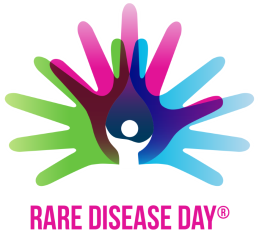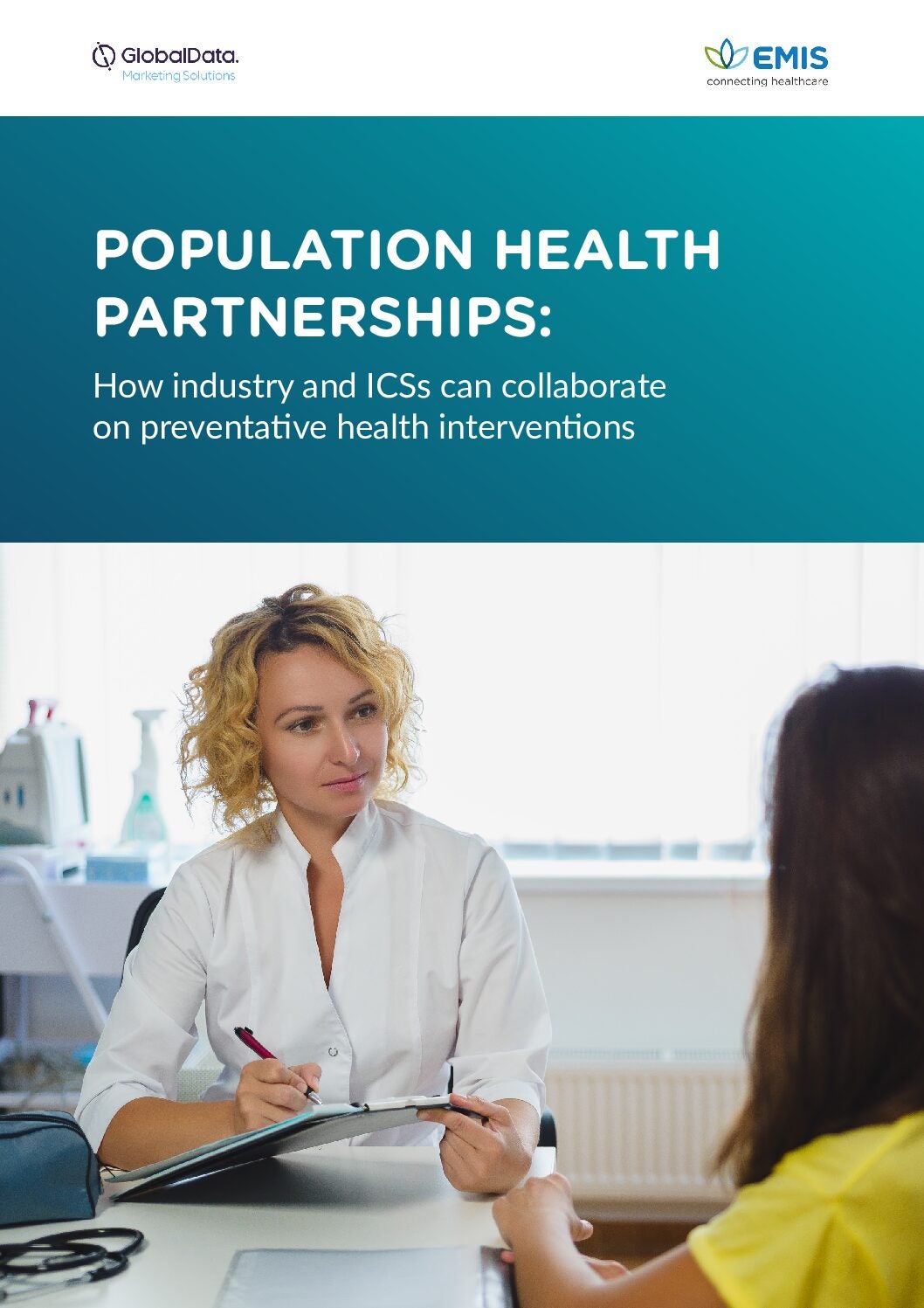
As Rare Disease Day arrives on 29 February, the ever-remaining question of treatment access is at the center of the mind for patients and advocates alike. Despite the growing number of rare disease drugs approved each year, patients still face limited access due to geographical and monetary boundaries.
In 2023, over half the drugs approved by the FDA’s Center for Drug Evaluation and Research (CDER) were for rare diseases. This included approvals for drugs such as Biogen and Reata Pharmaceuticals’ Skyclarys (omaveloxolone) for Freidrich’s ataxia, and Novartis’ Fabhalta (iptacopan), a treatment of paroxysmal nocturnal hemoglobinuria (PNH) in adult patients.
However, in many cases, approval does not immediately translate to access for rare disease patients.
Year after year, rare disease therapies appear on several lists of the most expensive drugs as companies aim to regain the expenses of research, production, manufacturing, and other things. For example, Novartis’ gene therapy Zolgensma (onasemnogene abeparvovec), a treatment for spinal muscular atrophy, has a wholesale acquisition cost of $2.12 million. BlueBird Bio’s Skysona (elivaldogene autotemcel), a treatment for cerebral adrenoleukodystrophy, has a wholesale acquisition cost of $3 million.
The difficulty lies in the inherited nature of several rare diseases, says Dr. Phillipe Labrune, chief of the pediatric unit at Antoine-Béclère Hospital in Paris. This makes gene therapies especially effective but also “very expensive” to produce and for patients to afford.
“There are a lot of positives about getting approved therapies, but there are also some challenges that can come along with this,” says Dr. Christine Duncan, a senior physician at Dana-Farber/Boston Children’s Cancer and Blood Disorders Center, Boston, Massachusetts. Duncan has seen this in her experience of studying the rare neurological disorder cerebral adrenoleukodystrophy, where despite the availability, several patients still face logistical barriers in getting the approved treatments.
Dr. Lorna Pender, the global patient engagement lead at the pharmaceutical services company Clinigen, advocates for awareness surrounding early access programs, to give patients more treatment options. In Clinigen’s Navigate program, the company found that 30% of survey takers from rare disease patient organisations were unaware that they could access treatment before approval.
“Access is still a major issue for rare disease patients,” says Gordon Daniels, the head of marketing at the New Jersey-based biotech Recordati Rare Diseases, which has a portfolio of rare disease medicines for conditions ranging from Cushing’s syndrome to homocystinuria. Thus, many rare disease patients and communities are interested in engaging in the pre-approval pipeline to seek necessary treatment.
The challenges of rare disease drug approvals
Duncan has treated several patients with cerebral adrenoleukodystrophy in the course of her career. In the childhood condition, mutations in the ABCD1 gene lead to a buildup of fatty acids in the central nervous system and the blood. Mostly affecting boys, the condition is progressive, irreversible, and fatal. As per the US National Library of Medicine, adrenoleukodystrophy occurs in one in 20,000 to 50,000 individuals globally, with 33% to 57% of these cases accounting for cerebral adrenoleukodystrophy.
Bluebird’s Skysona, a gene-modified cell therapy, which was approved to treat this condition in 2022, and bone marrow stem cell transplants are the only available treatments for this condition. Since Skysona’s approval, Duncan says in her experience, while patients get an approval for Medicare coverage of the treatment, it does take some time. However, what is covered for these therapies is not always the full extent that a family needs, she adds.
Nonetheless, the gene therapy is only available at four centres in the US, so many families must travel long distances, which can be very costly, says Duncan. “Sometimes it can take months to get [Medicare approval]. Sometimes it takes a couple of days.”
Duncan says that in the absence of ongoing gene therapy clinical trials, patients are “stuck” with the two approved options.
Historically, pharma has considered drug development for rare diseases as expensive, which also narrows the field of approved therapies. “Because it is such a rare disease and has such a small patient population, biotechs may feel that since there is already an approved therapy, why would you spend millions of dollars going down the clinical pipeline,” says Duncan. In response, regulators like the FDA and EMA have introduced incentives like the orphan drug and PRIME designations to encourage drug development in such circumstances.
As many clinical trials recruit patients at centers across the globe, they extend access further than is possible for some rare disease therapies upon approval. For the Skysona study, Duncan said that patients from all over the world gathered to take part in the trial. “Our first patient was from Ireland…the second was from Australia….We even had families coming from Russia.” But now, Skysona’s approval has also placed cost limitations on these international families seeking treatment, she adds.
Pre-approval options for access
Duncan says rare disease communities are often the most active when it comes to enrolling in clinical trials and expanded access programs as they hope to aid in the approval of a new therapeutic. “They [rare disease communities] function at a level that is incredibly sophisticated medically, and scientifically about these diseases, which I think actually helps them to understand risks and benefits as a community and to support each other,” she adds.
At Clinigen, Pender works with pharmaceutical companies to deliver early access programs in certain cases: where a medicine is not yet licensed in that country, patients have life-threatening or seriously debilitating conditions, or when patients are ineligible for a clinical study. Additionally, she says that Clinigen also supports companies to ship drugs to war-torn areas or places facing natural disasters.
The work does not end at a drug’s approval. In countries like France, sponsors must collect real-world data from patients that can later supplement the drug’s efficacy data. “We are seeing more regulations being published where real-world evidence has been positively encouraged to be collected,” says Pender. Labrune also explains that in France, drug manufacturers are legally required to follow a patient’s progress for gene therapy trials for several years after the study, watching for side effects. Thus, attention to care can also be of a high quality during such clinical trials.
Pender says that in her role she works with patient organisations to ensure that those in the community are aware of early access opportunities and to “help incorporate their voice in the design of the programs.” In early access programs, the company also works with patient organisations to ensure that relevant data is collected “fit for purpose.”
Brown says one of the main issues preventing patients from drug access is a lack of diagnostic tools, so connecting with patient outreach programs can be a major help in spreading awareness of the rare disease.
Pender thinks early access programs can help on the large scale as well as the individual one. “Systemic challenges that exist within healthcare, make it very challenging for rare disease patients to access healthcare, so anything that we can do collectively to raise awareness of rare diseases and build momentum is a large-scale systemic step in the right directions for everybody in the community.”




